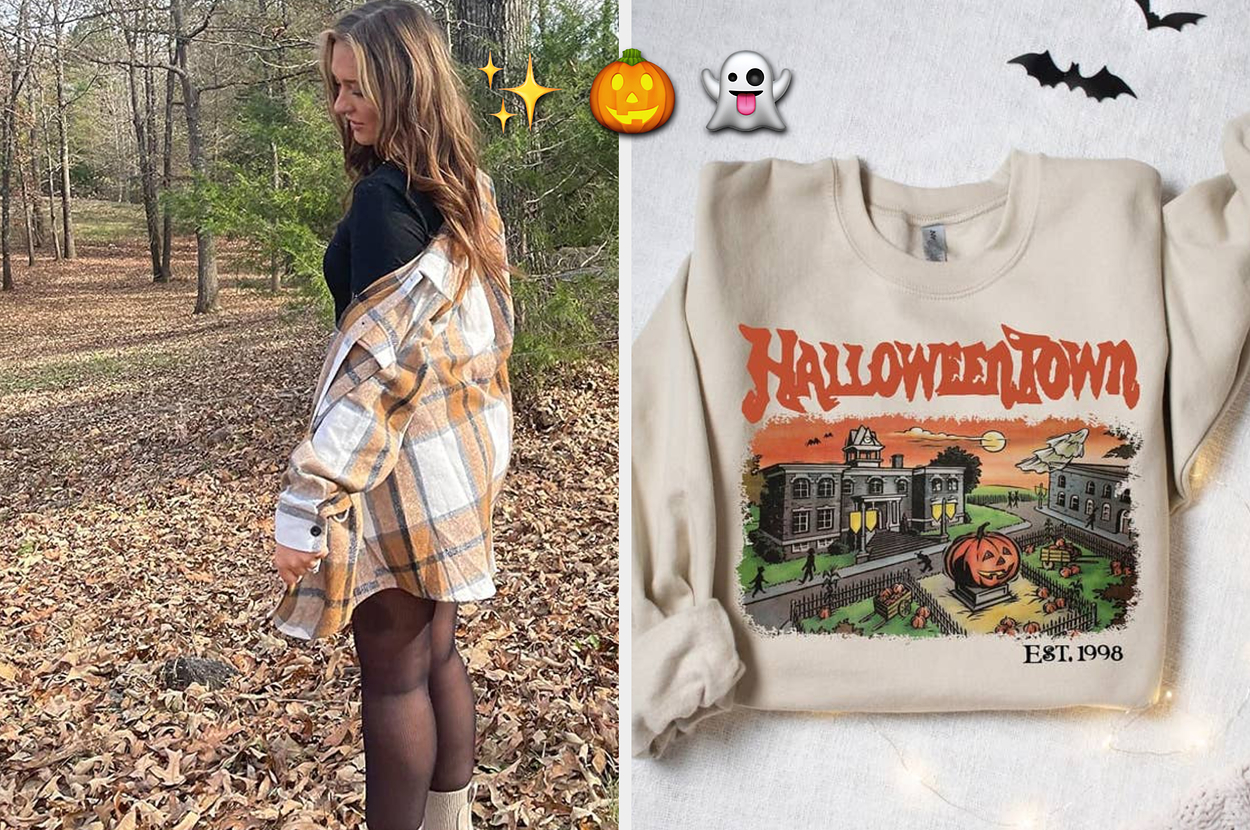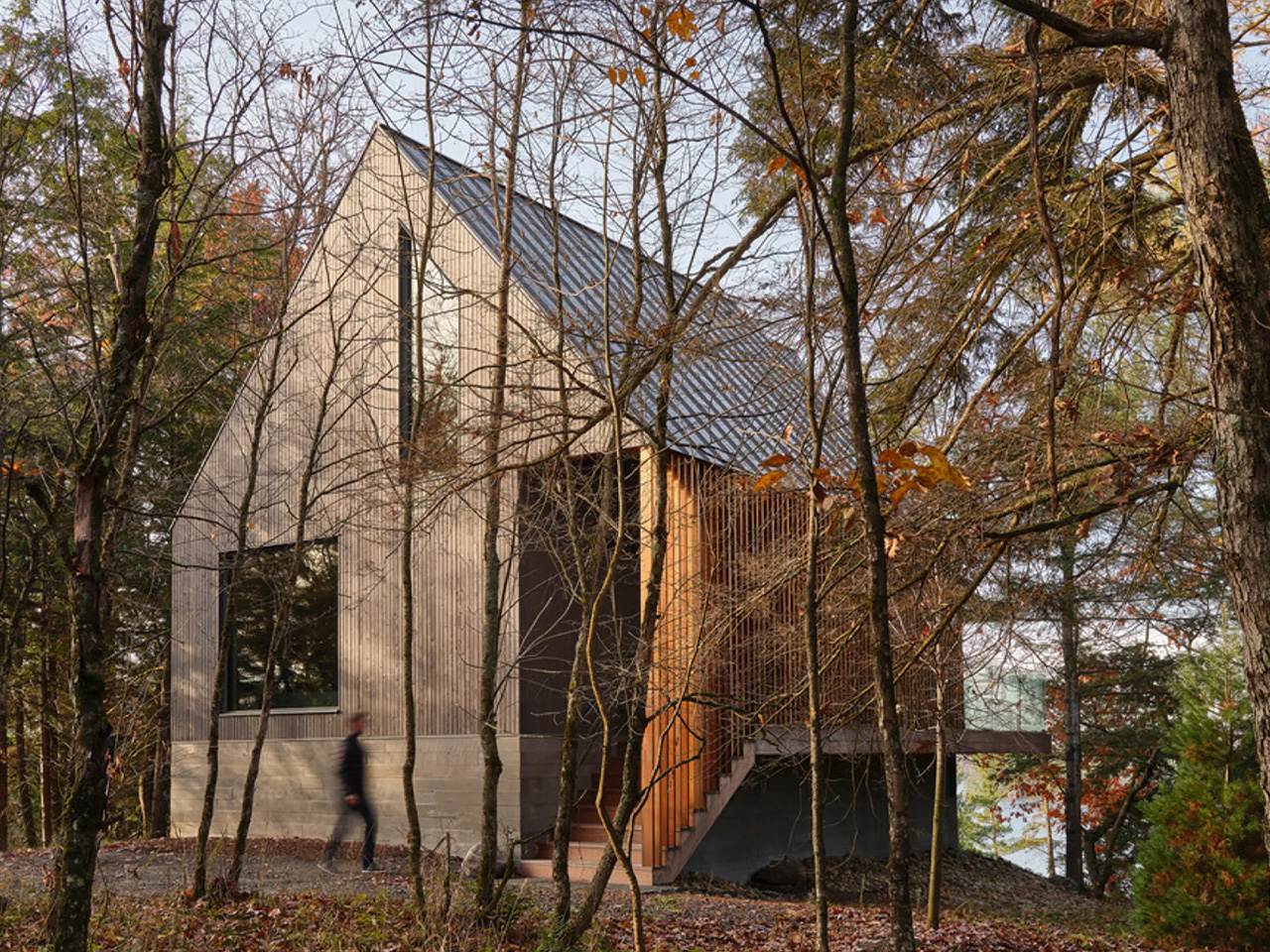One recent sweltering summer afternoon, photographer Ethan James Green and I escaped the heat by visiting the Ukrainian Museum in New York to see “Peter Hujar: Rialto.” In the dog days of a New York City summer, when the temperature feels like it’s rising at the kind of frenzied pace you only wish your bank balance could match, the museum is quite the refuge from those steamy streets. (It still can be: “Peter Hujar: Rialto” runs until the beginning of September.
) Of course, the real reason to visit is to see Hujar’s incredible work. One could lavish all sorts of superlatives on the Ukrainian-American photographer, who passed away in 1987, and he would be worthy of all of them. Hujar, a titan of photographic practice, could be unvarnished and direct, but also possessed a very tender way of capturing whoever and whatever was in front of him—a singular marriage of tender intimacy and an unflinching look at humanity.

Hujar is best known for his work depicting LGBTQIA+ icons and iconography, from Candy Darling on Her Death Bed , 1973 to Christopher Street Pier #2 (Crossed Legs) , 1976. “I love his work, and think that when it comes to gay and queer photographers, he’s one of the best,” Green told me. “When he was coming up, so was Robert Mapplethorpe—and it was like Mapplethorpe was so much about being abstract with his subjects, whereas Hujar is about getting the person in a very raw way.
I prefer that approach—especially in portraiture.” Yet the brilliance of “Peter Hujar: Rialto” is that it reveals work of Hujar’s that is much less familiar. What’s on view here spans a period from 1955 to 1969—just over a decade of images, but one in which Hujar captured the world slowly starting to shift on its axis towards what seemed like a more progressive era.
That’s true whether he was in rural America or in the spooky Capuchin catacombs of Palermo, with city kids on the streets, or meeting some of the future icons who would go on to ignite the 1970s—Iggy Pop, Warhol superstar Jackie Curtis, and Loulou de la Falaise, who worked with Yves Saint Laurent, et al . “I’m seeing a lot of images I haven’t seen before,” Green said that afternoon. “You tend to forget that he’s a photographer who was shooting for a good amount of time, and there was just so much work.
You realize when someone passes that certain images stay and others maybe slip away—and that has nothing to do with how good they are.” What follows are moments of eavesdropping as Green and I made our way around the 74 images on show—some all but unseen until now and given major prominence here, be it the series of Southbury (1957), Florence (1958), or those eerie Catacombs pictures from 1963 which would earn Hujar a spot in a 1967 photography master class taught by Richard Avedon and art director Marvin Israel. If you decide not to trail after Green and I as we took in the images and chatted, the takeaway here remains: Go see this show while it’s still on—it’s terrific.
By the time Green and I had made our way to this image, which comes relatively early in the show, we’d already seen evidence of Hujar’s excellent portraiture, from Carolyn Brady, Fire Island , 1965 (a bespectacled Brady in a billowing striped djellaba-like dress, backlit, with the coastline behind her: “The glow of the light coming from behind, around her face—so beautiful”) to Group Portrait (III) of 1966, and then an image that particularly enraptured him, J.J. Mitchell, Spring Street (also from 1965).
It’s of a casually dressed Mitchell in a deserted cobbled street in pre-gentrified SoHo. “That’s so beautiful,” said Green. “I mean, that could be today.
” He was also taken with the various images Hujar had taken of kids, like this 1957 image of two youngsters which might, thinks Green, depict sisterly closeness. “It’s nice to see him connect with children so well, because not every photographer can do that,” said Green. He should know: One memorable early shoot of Green’s featured kids dressed in cool adult attire.
“I’ve just done another shoot like that that’s coming out soon,” he said. “It’s tricky [to shoot], but you just have to let kids be themselves to get an authentic image. Those walls we put up as adults aren't there yet.
But, yeah: Not everyone can do it.” Before the dawn of the ’70s, when Hujar would really display his considerable sensitivity and empathy shooting the gay, trans, and drag communities—something Green’s work is also justly renowned for—Hujar offered this stunning 1968 image of three gloriously attired and coiffured queens at a ball at the Hotel Diplomat in New York. This was taken the very same year The Queen documentary (narrated by Flawless Sabrina, no less!) was released.
“Oh my god, it looks so beautiful,” Green said of this image. “I love her look”—he indicated the center figure—“the hair is amazing. Everybody just looks so pretty.
” We had moved on to some self portraits of Hujar—one of him naked, shrouded in shadow, the glare of a flashlight where his genitals would be. (This would be Nude Self Portrait Series #1 (Avedon Master Class) , taken the year he took that class, 1967.) Green had also just taken a nude self portrait, reclining on his sofa at home.
He ventured that the image he’d taken “was something I haven’t done in a while, but I’m thinking about doing it a bit more. I feel like I’ve had a shift, a personal shift, in my head—I would do it differently now than from how I had done it before. Certain things don’t matter anymore, and other things do.
” What, specifically, matters—and what doesn’t? “It’s the control of it. I feel like I can..
.you have to almost trick yourself to let go if you want to.” By this point, we were standing in front of Peter Hujar, Young Self Portrait (IV) taken in 1958, with the handsome Hujar elegantly dragging on a cigarette.
There was another question for Green. How do you get to the point of letting go? “You take,” Green replied, “a lot of pictures. You almost have to exhaust yourself.
” Thek, it transpires, was an American sculptor, painter, and installation artist who was also Hujar’s boyfriend. He would appear engulfed by a wave in Paul Thek in the Surf, Fire Island (1966), while this image from a year earlier— Paul Thek on Zebra —sees him astride the taxidermied striped animal, one hand raised aloft, his index finger pointing upwards. If the former image feels like the kind of image one lover would take of another, the zebra image is its direct opposite, compositionally speaking: A distinctive graphic rigor is at work.
“This almost looks like it could have been shot for a magazine,” said Green, who—in keeping with the show’s thesis of revealing the unknown Hujar—is interested in his commercial, commissioned work that he hasn’t yet seen. “I feel like there’s a big leap between the zebra and this [surf image].” As an aside, Green mentioned he liked the fact that Hujar photographed animals, whether it’s this highly stylized shot or other images in the show like Sheep, Pennsylvania (1969) or the feline in a bar, Cat on a Cash Register , from 1957.
Green loves photographing animals. “The goal is always to..
.You’ve got to approach them as you do people.” The show starts to come to a close with a series of what are recognizably celebrity portraits, albeit in far less glamorized depictions than the contemporary fame industry might demand.
Like Iggy Pop Lying Down, 1969 , in which the shaggy-headed Stooges rocker is depicted face-down on the floor, like a CBGB Narcissus. Then the in-your-face—or, perhaps more accurately, in- her -face Janis Joplin, Madison Square Garden , also 1969, with Hujar’s lens highlighting a closeup of her mid-performance that’s almost grotesque, her nasal hairs as evident as Joplin’s bluesy soulfulness. “Maybe she loved it, you know?” said Green.
On to to Loulou de la Falaise , 1968, a rawly depictive portrait of one of YSL’s greatest muses—here disheveled, dragging on a cigarette, kohled-out eyes, one of her breasts on display, against that most patriarchal of clothing, the necktie, here in almost clown-like proportions. “I don’t even think about her breast being exposed when I see this,” Green said. “The thing I noticed first is how beautiful the curve of the neckline is.
It’s stunning.” As for his own foray into photographing today’s celebrities, Green is philosophical. “I think you now have to approach it in a different way than [Hujar] was able to,” he said.
“You wouldn’t get away with doing these pictures any more. Everyone is more guarded now.” The last section of the Hujar show focuses on images taken in Palermo, Sicily, of the Capuchin Catacombs.
Essentially, it’s a series of mummified corpses on display. What should be macabre—and still kind of is, let’s be honest—takes on a strange kind of beauty, because so many of the remains retain their clothing, no matter how tarnished, dusty or decayed it is. Others have disintegrating flowers adorning them.
Both of us were silenced for a bit—not least by the fact that some of the faces still hold vestiges of expression, as if calling out from beyond. Looking at Palermo Catacombs #10 (Girl With Flowers) , 1963, Green commented, “I feel like he’s honoring the people that the skeletons belong to—that he was like, ‘Someone is still there, in a way.’ That he’s approaching this as he would if it was a person.
He’s so delicate—it’s not about shocking people.” A few moments later, we were back outside in that baking sunshine. Conversation turned to the legacy that an artist creates through their work.
“I think everyone—and I include myself—kind of hates being summarized by one thing,” reflected Green. “And everyone loves to do that to people; we only have space for one idea of someone.” And as for how this show reveals Hujar in a new light, Green notes the photographer’s work that we’ve not been aware of is “maybe the most powerful work—even though everything we’ve seen is so gorgeous, and really shows the range he had.
” “Peter Hujar: Rialto” is on view at the Ukrainian Museum in New York through September 1..
,%20NY.jpg)


















